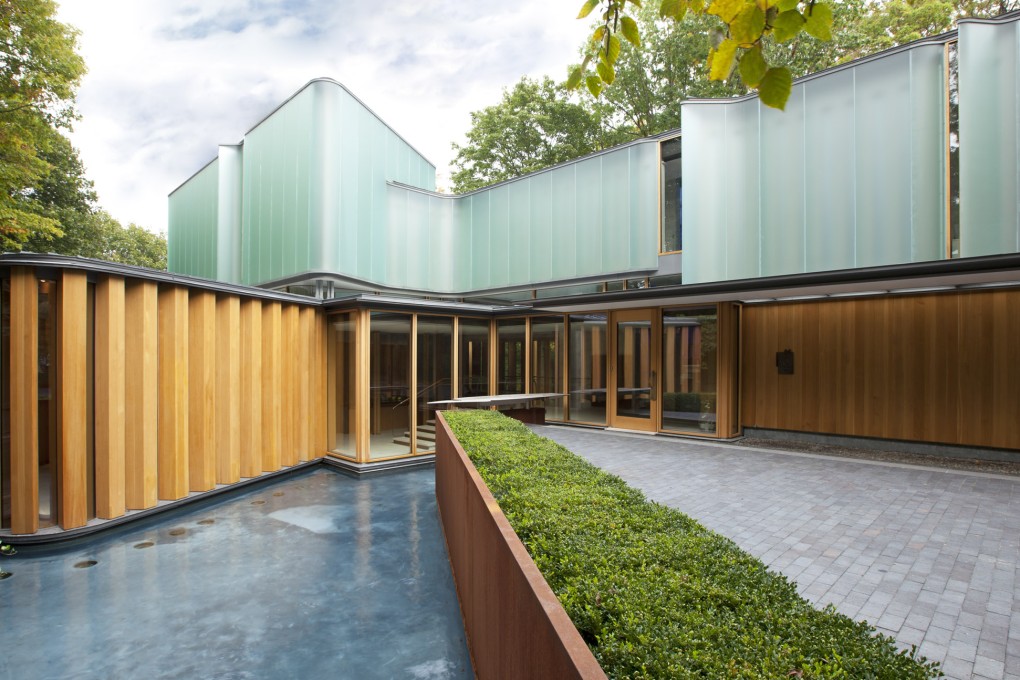Maths palace built by calculus 'rock star’ on sale for US$17m
James Stewart’s calculus textbooks made him very rich. He spent his fortune on Integral House, an award-winning architectural marvel in Toronto inspired by calculus, which is now on sale after he died last year

James Stewart was an unlikely literary sensation.
The Canadian mathematician made a multimillion-dollar fortune by writing calculus textbooks for universities and high schools. Last year alone he sold 500,000 books, accounting for about US$26.6 million in sales, according to his estate.
Stewart was also an unlikely architectural trailblazer. He devoted many years of his life, and much of his income, to building his dream home in an upmarket Toronto neighbourhood. Integral House - named after the "integral", a concept in calculus - is a shrine to calculus, the mathematics of flowing change.

Stewart died in December 2014, aged 73, and Integral House is now for sale at US$17.3 million.
“The house is a piece of art,” says Paul Maranger, of Sotheby’s International Realty. “When buyers go into the house the first reaction is a sense of awe."